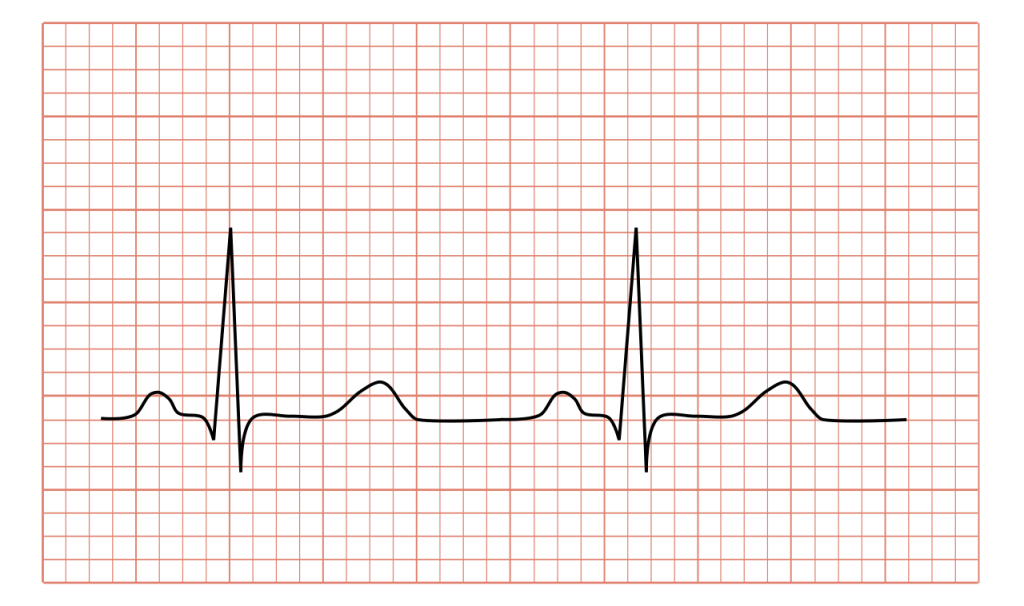If your physician has asked you to have an ECG test and is bringing out the ECG electrodes, try not to worry. It is always frightening to hear that there is some concern about your heart, but the test is one of the easiest and least painful you will have ever had, and it could just save your life. An ECG is completely painless, simply allowing a physician to measure the currents in your heart to determine everything is functioning properly.

The Importance of ECG Tests with ECG Electrodes
If a heart irregularity is caught early, it has the potential to save your life. ECG electrodes are placed in key spots on your chest and hooked to the ECG machine, after which it starts measuring. There are a number of components involved in this, including the device itself, the electrode gel, the electrode pads, and the electrode holder.
ECG stands for electrocardiograph and is also sometimes referred to as EKG. It is designed to create a visual image of the electrical activity in your heart, which the electrodes measure and the machine prints. The ECG machine, therefore, is like an illustration device, showing what the voltage is within each of the electrodes placed on your chest. The resulting printout shows what the health of your heart is overall, but also of the different sections within your heart.
The ECG is by far the best procedure to distinguish and gauge aberrant heart beats. Principally, these types of heart beats are produced by conditions within the semiconducting tissue, which is responsible for sending electrical signals. Sometimes, aberrant heart beats are produced by dissolved salts.
After the ECG
After your test, you may be asked to change your lifestyle habits. This will include eating a healthy, balanced, nutritious, and calorie controlled diet, as well as taking part in regular physical exercise. This exam has the potential to completely change your life for the better. Just because a physician asks you to have an ECG, does not mean that you are going to die of a heart attack any time soon. Rather, it means that if there is an issue there, it will give you the opportunity to correct it.
Clearly, there is nothing to worry about having an ECG test. The procedure is incredibly easy and 100% non-invasive. Hence, there is no need for anesthetic or any recovery time. All you have to do is stay still for a little while, and the physician will place suction cups or adhesive pads on your chest, with wires leading to the machine. Depending on what they want to measure, they may also place pads on your extremities and other parts of your torso. Each pad has wires coming out of it, which will be attached to the EKG machine. Cardiac graph paper will come out of that device, showing the readings of the electrodes. That really is all there is to it, so you have nothing to be afraid of.
